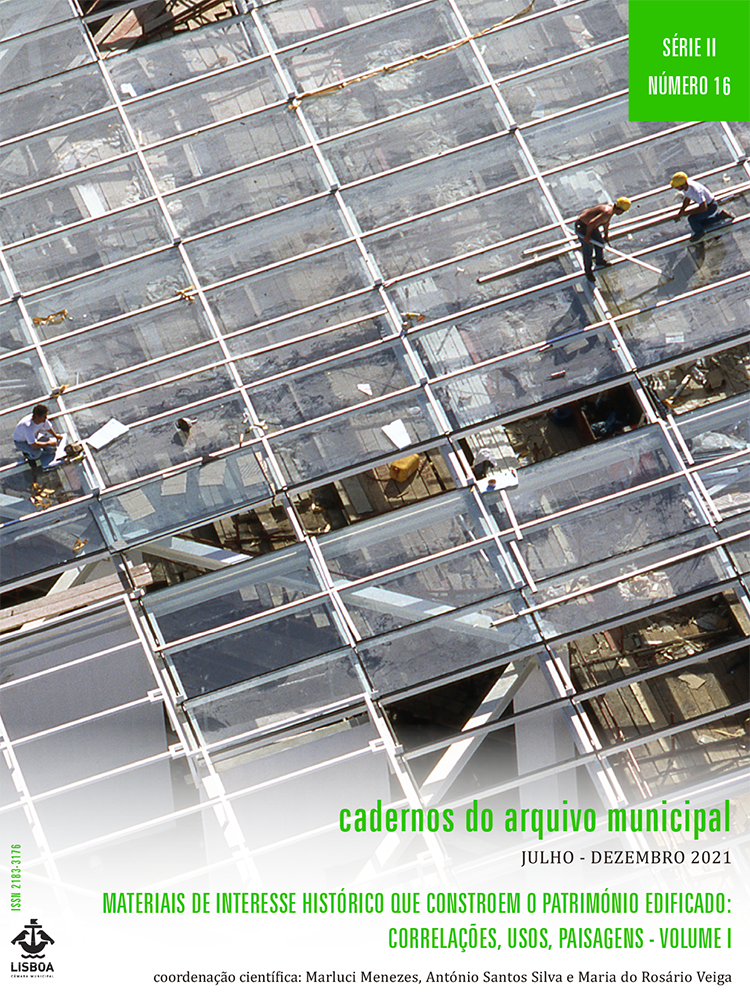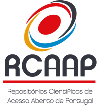Tradition and innovation in the materials and techniques used around 1950 in Spain: the case of the mural of the Pabellón de la Obra Sindical del Hogar in Madrid
DOI:
https://doi.org/10.48751/CAM-2021-1655Keywords:
Ceramic, Decorative Arts, 1950’s, Lime mortars, MadridAbstract
The dichotomy between tradition and modernity in Spain reached its peak in the 1950s, when avant-garde and extraordinarily modern artistic and architectural representations coexisted with the know-how of the traditional building trades. A harmonious combination in which both points of view combine to extract their full potential. In the interest of evaluating this relationship, the research focuses on the study of the materials and techniques of the mural located in the former pavilion of the Obra Sindical del Hogar (Home Work Union) in the Casa de Campo exhibition area in Madrid, a place born of tradition and experimentation. The results show how traditional tile-making and decorative techniques are combined with a modern language and suggest the criteria to be taken into consideration for its rehabilitation.
Downloads
Downloads
Published
How to Cite
Issue
Section
License
Copyright (c) 2021 María del Mar Barbero-Barrera; José de Coca Leicher

This work is licensed under a Creative Commons Attribution-NonCommercial 4.0 International License.
The authors retain copyright and grant the journal the right of first publication, with the work simultaneously licensed under the Creative Commons Attribution License CC BY-NC 4.0 which allows sharing and adapting the text as long as its authorship is correctly attribbuted with recognition of the initial publication in this journal.










